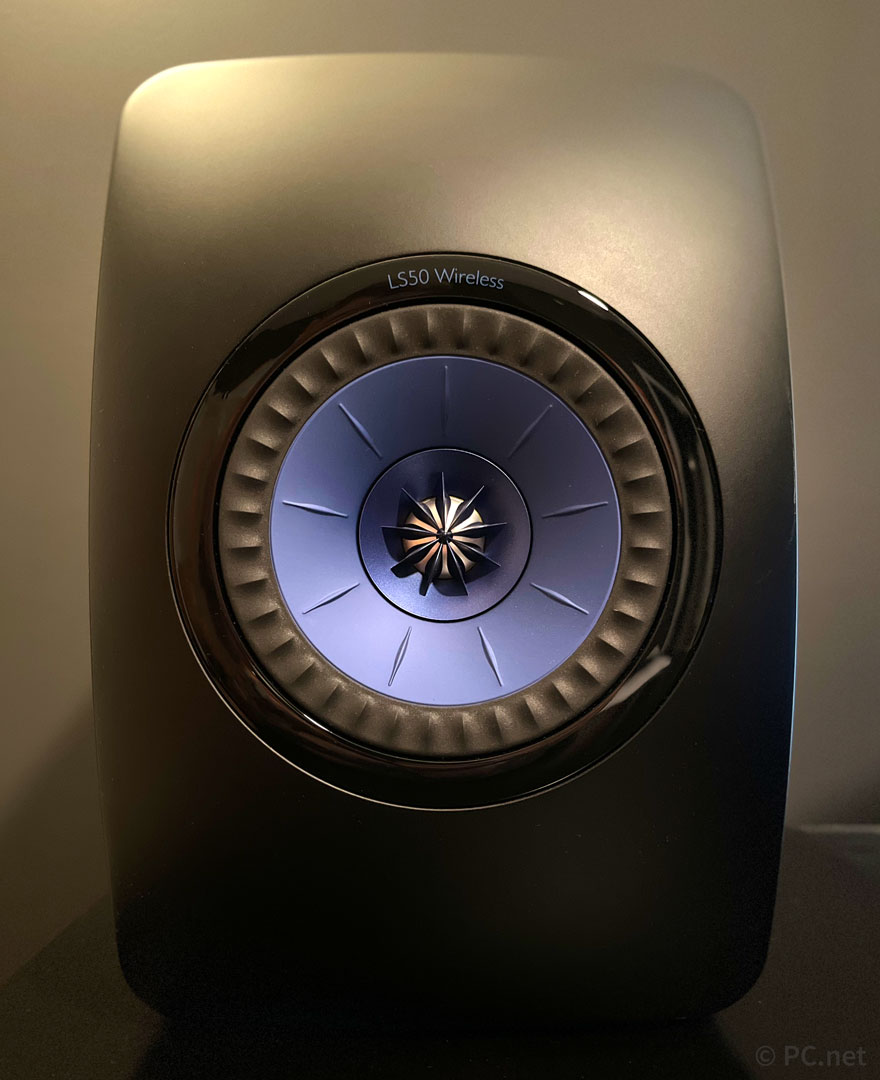Give Your Speakers Time to Break In
March 2023 — Tip of the Month
You just bought some new high-end speakers and are excited to try them out. But the first time you listen to them, they don't sound as good as expected. What happened?
Like a pair of nice shoes, good speakers must be broken in before they sound their best. Out of the box, high-end speakers often sound tight or even muffled. Give them some time, and they'll open up and reach their full sonic potential.
If you ask audiophiles how long speakers take to break in, you'll likely get a range of answers. I've heard anywhere from 10 hours of listening to over 100 hours. The variation makes sense because not all speakers are the same. Generally speaking, the higher the speaker quality (and higher the price), the longer the speakers will take to break in. The speaker materials are the most important factor.

For example, my KEF LS50 Wireless speakers (pictured above) sounded surprisingly lifeless the first time I tried them. I used the app to customize the output for my desktop, which helped, but they still didn't sound as good as they did at the store. It took about 50 hours of playback before the speakers sounded the way I hoped they would.
My Bowers & Wilkins CWM652 in-wall speakers took even longer. Their kevlar drivers sounded super stiff out of the box. Even through my naturally warm-sounding Denon AVR, the sound was so harsh I almost returned them. But they slowly improved, and after 100 hours, the speakers sounded great.
So if you're buying new high-end speakers, remember they aren't going to sound great right away. Like a glass of red wine, they need time to open up. It might take over 100 hours before you can hear their intended sound.
 Home
Home February 2023
February 2023